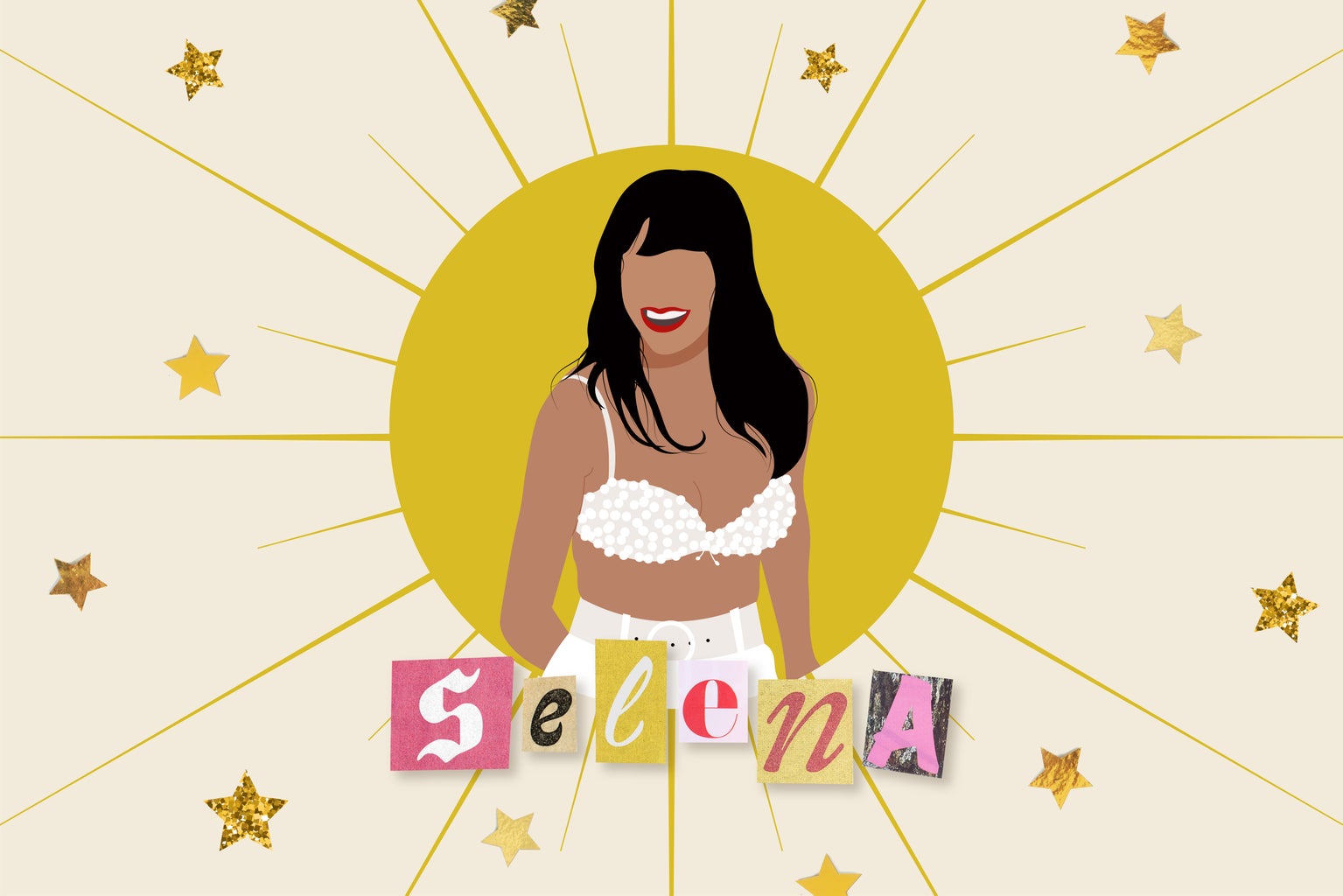
Who is my cultural role model? As a Hispanic/Tejano woman from Corpus Christi, it’s without a doubt, Selena! Selena was one of many female trailblazers in the then-male-dominated Tejano music scene. She gifted the world with her songs and represented my culture in a truly admirable way. To this day her legacy remains in the hearts of young women such as myself.
Growing up Mexican-American there’s a distinct cultural divide, even in South Texas, where most of the population is Hispanic and/or Latino. As someone who’s not fluent in Spanish, I often feel shame for not knowing my cultural mother tongue, and when I feel disheartened about this reality, I turn to Selena’s music. It’s the music that I practice my Spanish with and makes me “feel” Hispanic, as my body moves naturally to the rhythmic cumbias. In other words, it validates my experience as a Hispanic woman, as I grew up listening to her songs and did so while learning how to fit in both of my worlds.
Since moving to Austin for college, I turn to her music when I’m missing home. I close my eyes, turn on “La Carcacha,” and envision myself walking along the seawall, singing along to my favorite song of hers proudly in Spanish.


